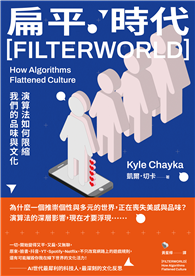Heavily inspired by Sendai Mediatheque, the term ’Primitive Future’ coined by Japanese architect Sou Fujimoto describes the spatial and programmatic conditions in primitive interpretations of space - such as the cave (Fujimoto, 2010). Fujimoto’s design exploration begins by, "going back to the beginning of architecture". Similar to the cave, the user defines the space as the architecture only provides the infrastructure. Fujimoto’s House Na (2010) takes radical steps towards redefining architecture to realize the relationship of the human and the space. "I don’t want to just create a crazy house, I like to find the most fundamental, and unexpected aspects of human life" (Fujimoto, 2011). By organizing space absent of barriers and boundaries, House Na explores the potential of programs that converge at different points of the house creating interesting and novel spatial conditions. Instead of using walls to create weak boundaries between programs and spaces, Fujimoto uses the undulation of numerous platforms denoting free program. This architecture describes "nomadic" conditions (Fujimoto, 2011), similar to the contemporary nomadic urban condition (Mitchell, 2004).
| FindBook |
|
有 1 項符合
hbmarianne831的圖書 |
 |
$ 2812 | abstract architecture
作者:Siddiqui 出版社:Hbmarianne831 出版日期:2023-05-19 語言:英文 規格:平裝 / 68頁 / 22.86 x 15.24 x 0.36 cm / 普通級/ 初版  看圖書介紹 看圖書介紹
|
|
|
圖書介紹 - 資料來源:博客來 評分:
圖書名稱:abstract architecture
|











